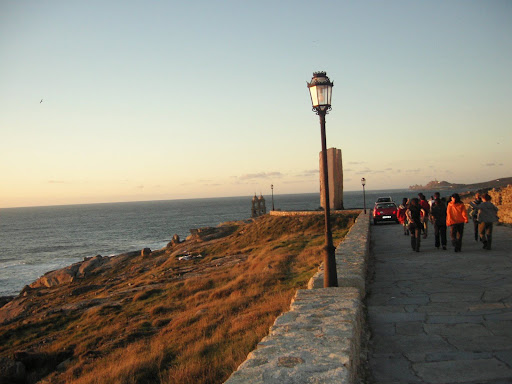
【写真1:日没間近(2008年9月13日)】

【写真2:海岸にて、その1(2008年9月13日)】

【写真3:海岸にて、その2(2008年9月13日)】

【写真4:日没、その1(2008年9月13日)】

【写真5:日没、その2(2008年9月13日)】
===(resume)==================
There're a lot of pictures of the sunset in Muxía, so here's an album.
Photo 1: The sun almost dying, 13 Sep 2008.
Photo 2: At the sea shore no.1, 13 Sep 2008.
Photo 3: At the sea shore no.2, 13 Sep 2008.
Photo 4: The sunset no.1, 13 Sep 2008.
Photo 5: The sunset no.2, 13 Sep 2008.
=============================
===(resumen)=================
Hay un montón de fotos de la puesta del sol en Muxía, así que aquí un álbum.
Foto 1: El sol casi muriendo, 13 sep 2008.
Foto 2: En la orilla del mar núm.1, 13 sep 2008.
Foto 3: En la orilla del mar núm.2, 13 sep 2008.
Foto 4: La puesta de sol núm.1, 13 sep 2008.
Foto 5: La puesta de sol núm.2, 13 sep 2008.
=============================












